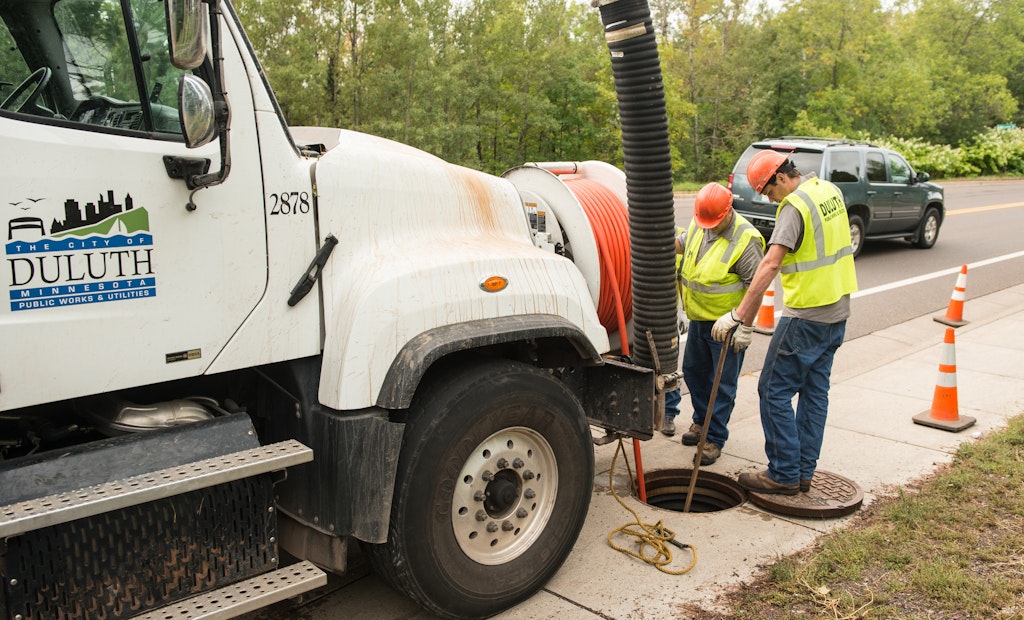Interested in Infrastructure?
Get Infrastructure articles, news and videos right in your inbox! Sign up now.
Infrastructure + Get AlertsMaintaining a municipal sewer system is no easy task. The complexities of today’s wastewater flows and components coupled with shrinking budgets make the job of a collections system operator one that becomes harder almost every single day.
Providing an adequate level of service to users and maintaining compliance often consume the lion’s share of the collections system team’s time and the remaining time is spent “fighting fires” or dealing with the crisis of the day.
In Maine, where my company works, the governing state statute mandates that public sewer systems be “maintained and kept in repair,” but it does not require a specific schedule of maintenance. This means it’s essential for utilities to have their own regular maintenance program. As the collections system manager or operator no one knows better how to develop and execute a preventive maintenance program than you and your staff. Start with the basics, such as:
1. Develop a basic inventory of assets. How many manholes, pumping stations, and feet of pipe are there? Sort pipe by size, type, age, and other features.
2. Develop a basic map set. GIS is great, but a paper map or a free version using Google Earth or something similar works well just to get started.
3. Develop a list of “critical sewers.” These are the ones that have a high consequence of failure if they were to plug or fail. These are often interceptors, lines that serve commercial areas, schools, hospitals, or that may be deep and hard to reach if a repair was needed.
4. Evaluate your in-house capabilities. Do you have flushing or CCTV equipment? How about a confined space entry program and adequate training? If not, a contractor may be able to supplement your in-house efforts.
5. Make a long-range plan of three to five years and identify achievable goals. (Google “SMART goals.” This is a great guideline.)
6. Commit and get the buy-in of your board or council members and your staff. Present your plan and the benefits to executing it. Identify risk management drivers and financial benefits to managing the risk out and extending the usable life of the buried assets.
7. Plan, do, and check. Adjust your plan frequently. What is working, what is not, and are you meeting your goals?
If a sewer backup occurs in a private home or business, a municipal sewer department or sewer district should be the first call for the property owner and the collections system operator should have a clearly defined investigation program that is followed every time and clearly documented. This investigation should be delivered directly to your insurance carrier and will probably become a legal document used to support or deny the claim. Be concise and accurate in your investigation. Include all factors like weather, the last documented maintenance that occurred on the lines near the area including flushing or inspection, condition of the system in the area, and other contributing factors. Remember: If your maintenance program is not documented, it does not exist.
If a sewer department or sewer district has a defined program and is executing it, they will most likely not be found negligent when a sewer backup claim is presented. An entity that fails to properly maintain its sewer lines and public connections will find that frequent losses result in an unfavorable loss record. Poor loss records over time inevitably result in increased costs for coverage.
The job of a wastewater collections system manager or operator is exciting and one filled with opportunities. Where else can you get paid to operate a robotic CCTV camera to travel through pipes and inspect their condition, or perform a smoke test to find sources of infiltration, or even pull rags from a pump impeller at midnight on Christmas Eve. Have fun and be a good steward of your system.
About the Author
Matt Timberlake is president of Ted Berry Company in Livermore, Maine.






